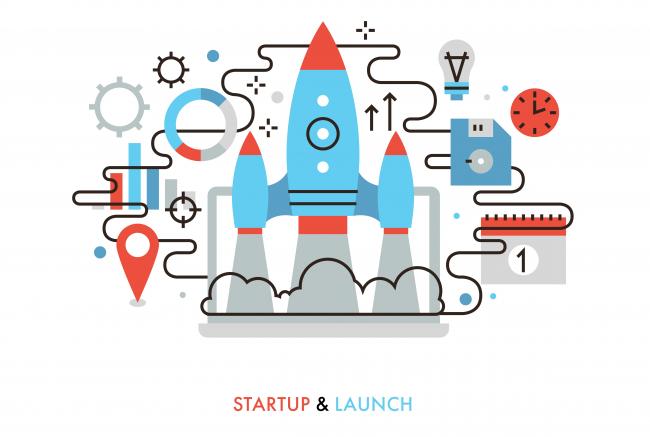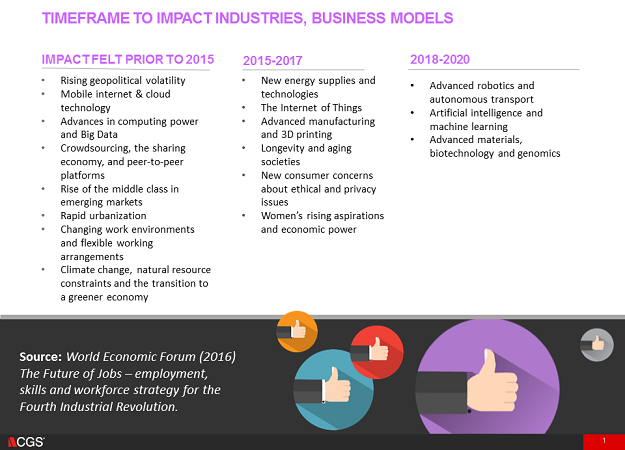 Ian Morrison is an emergency management professional, strategist and facilitator. As the Creative Director of Thinkspace Emergency Management he is a specialist at developing high-quality scenarios and simulations to help organizations and businesses prepare for the disasters of an unknown future. He specializes in politics, disaster management, and supply chain management. Ian is most passionate about working with learning and development peers to navigate our way to a post-PowerPoint presentation future.
Ian Morrison is an emergency management professional, strategist and facilitator. As the Creative Director of Thinkspace Emergency Management he is a specialist at developing high-quality scenarios and simulations to help organizations and businesses prepare for the disasters of an unknown future. He specializes in politics, disaster management, and supply chain management. Ian is most passionate about working with learning and development peers to navigate our way to a post-PowerPoint presentation future.
Topics
How L&D Can Help Prepare for the Business of the Future

Three years ago, I painted a picture of the not-too-distant future. I outlined how in many industries the most in-demand occupations or specialities did not exist 10 or even five years ago, and the pace of change was set to accelerate.
I discussed how disruptive technology was iterating at a feverish pace and that the ability to anticipate future skills requirements was increasingly challenging.
In particular, I focused on how 35 percent of the total workforce is comprised of non-employee workers, including temps, freelancers, contractors, and statement of work-based labor.
Since then, we have continued to see trends including:
- Demand for both ‘digital’ and ‘human’ factors driving growth in the professions of the future
- Rapid increase in opportunities related to data and AI, engineering and cloud computing, people and culture establishment, product development, marketing and content, care economy, and the green economy.
- That the highest-demand skills required in emerging professional clusters span both technical and cross-functional skills.
In 2017, I offered three tips for how Learning & Development is fundamental to the change. With ‘2020’ vision it’s now a good time to revisit and reflect on whether this future has eventuated and if these tips continue to remain relevant.

TIP 1 – Become comfortable with the change from push to pull learning
Traditionally, learning programs have only been updated to accommodate major business changes. Nowadays, the needs and goals of businesses change multiple times per year. In this context there is a need to focus on the frequency of feedback loops and the accessibility of microlearning opportunities.
Learning and development professionals instinctively understand that by providing easy access to learning resources and activities, the choice for employees of what content to select and curate, format to consume it in, how to sequence it, and when to consume it, drives empowerment. As a result, employee attraction, retention, performance, and engagement are improved.
While the benefits seem obvious, the shift within professional industries has been very gradual. For example, while e-learning technology now offers improved flexibility, in too many organizations, it still continues to look like the old-school ‘death-by-Powerpoint’ employee induction. Consider, it has been more than 15 years since the introduction of e-learning and big data, and at least three years since AI has been broadly applied to HR and Learning, yet L&D teams continue to struggle with developing relevant custom content personalized for each individual.
Alternatively, companies like Google that accommodate 20% of employee time for independent learning & development projects continue to be viewed as disruptive.
This trend reflects that companies are creating three new job requirements: increased curiosity, up-to-date knowledge, and the innate desire to grow.
TIP 2 - - Unravel complexity; emphasize critical thinking and creativity
In 2017, I discussed the importance of focused free-thinking to integrate a ‘change engine’ into the corporate culture. I advised to start by using interactive simulations to multiple imperfect solutions and having participants justify their choices. This focuses participants on understanding the thought processes behind their solution rather than just the outcome.
If anything, this approach is becoming critical to innovation. For example, Marc Benioff, Chairman & Co-CEO of Salesforce, says ‘We know that technology is not inherently good or bad; it’s what we do with it that matters. And that’s why we’re making the ethical and humane use of technology a strategic focus at Salesforce’ .
Increasingly, companies will be calling on employees to make decisions about the ethical use of technology. Over the past few years, we have seen rapid movement towards innovations like pet cloning, gene editing, DIY neurohacking, behavioural biometrics, speed of thought communication, and 3D printing developing controversial schematics including a suicide machine .
Now, more than ever, it is necessary to balance the focus on process-based learning with the concepts of Learning to Learn, collaboration and innovation labs to produce stimulating conversations that:
- Identify ethical challenges within the business
- Break down these challenges in an interdisciplinary fashion
- Analyse and construct arguments from multiple perspectives, supported by evidence and with intellectual independence
TIP 3 – Align learning to ever-changing participant requirements
The last time around, I challenged L&D professionals to remove the rigid mandate that employees must complete courses. Non-compulsory attendance is still the ultimate feedback loop for the L&D professional.
Over the past few years, we have seen fragmentation across learning mechanisms including hands on trial-and-error, instructor-led training sessions, mentoring, webinars, videos, and third party resources provided by external vendors.
What we haven’t yet achieved is an engagement-based approach where the participant is able to choose what content to select, what format to consume it in (e.g., video, text, elearning, instructor-led, remote coaching, AR-based training ), how to sequence it, and when to consume it. As a result, they are more likely to retain, apply, and improve their skills and will generally feel better about their development, their job, and their employer, leading to better performance and greater employee engagement.
Three years ago I talked about how the rate of workplace change continues to increase. If anything, the gap between the work requirements of the future and how L&D is conducted has widened. In order to catch-up must embrace the reality that change happens, we need to constantly adapt and business models based on agility in business requires agility in L&D.
REFERENCES
World Economic Forum (2020), ‘Jobs of Tomorrow Mapping Opportunity in the New Economy’: http://www3.weforum.org/docs/WEF_Jobs_of_Tomorrow_2020.pdf
https://www.salesforce.com/company/ethical-and-humane-use/
Baron, J. (2019) ‘Tech issues we should all be thinking about in 2019’: https://www.forbes.com/sites/jessicabaron/2018/12/27/tech-ethics-issues-...
 Ian Morrison is an emergency management professional, strategist and facilitator. As the Creative Director of Thinkspace Emergency Management he is a specialist at developing high-quality scenarios and simulations to help organizations and businesses prepare for the disasters of an unknown future. He specializes in politics, disaster management, and supply chain management. Ian is most passionate about working with learning and development peers to navigate our way to a post-PowerPoint presentation future.
Ian Morrison is an emergency management professional, strategist and facilitator. As the Creative Director of Thinkspace Emergency Management he is a specialist at developing high-quality scenarios and simulations to help organizations and businesses prepare for the disasters of an unknown future. He specializes in politics, disaster management, and supply chain management. Ian is most passionate about working with learning and development peers to navigate our way to a post-PowerPoint presentation future.

